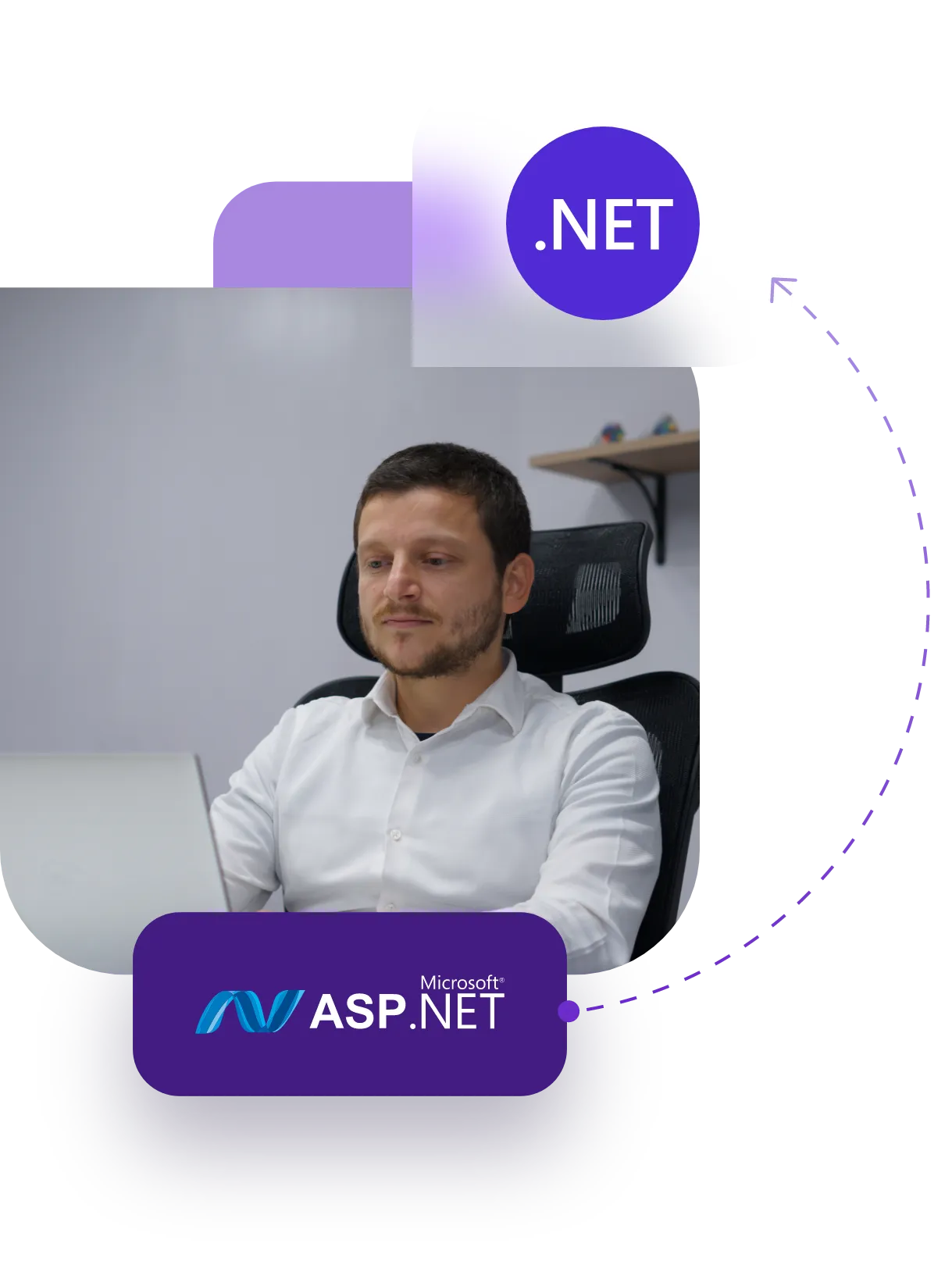.net modernization
Migrating your APS.NET Web Forms application to modern .NET
ASP.NET Web Forms is becoming legacy
Tons of business applications have been written in .NET Framework and its most famous project type – the ASP.NET Web Forms, which some 20 years ago helped organizations migrate their legacy Windows Forms applications to the web and thus open to global markets.
.NET is the exciting new future for .NET Framework and, along with its announcement, Microsoft made it clear that ASP.NET Web Forms will not be ported to .NET.
While your ASP.NET Web Forms applications will remain functional as long as you have the talent to support them, just like Classic ASP applications, they will become increasingly brittle and outdated over the years.

Modern .NET is here
What does it bring along?
Modern .NET is the platform where all future Microsoft investments in .NET will converge. When compared to .NET Framework, .NET has a lot to offer that resonates with modern application development principles:
- The code you write will build upon the same shared framework components APIs, regardless of the type of app you are building.
- You will be able to reuse more code across app types, platforms and devices.
- C# updates move in lockstep with .NET. Developers will have access to the latest C# version and features.
- You will be using the same languages across application types, operating systems, and chip architectures.
- You will have the ability to choose the runtime experience (CoreCLR or Mono).
- Objective-C and Swift interoperability will be supported on multiple operating systems.
- Modern .NET enables the development of SPAs in JavaScript with templates supporting Angular and React, and with C# thanks to Blazor in WebAssembly. End-users will never have to hit the refresh button again to update the information on the page.
In a nutshell, Microsoft builds on its promise to make .NET more universal and offer broader capabilities.
6 reasons to migrate to Modern .NET
While Microsoft confirmed they would be supporting existing ASP.NET Web Forms applications, for the time being, there are many good reasons for you to consider migrating to the latest .NET project.01
No new features and updates for ASP.NET Web Forms; simpler development models and better syntax in newer C# versions (available with .NET).02
Modern .NET features a lot of performance improvements that are off the limit for your project.03
ASP.NET Web Forms applications are more susceptible to security risks and vulnerabilities. Even internal applications can be compromised.04
.NET offers better overall application stability.05
The scarcity of ASP.NET Web Forms talent makes software changes expensive and risky, opening the door to introducing new bugs that are hard to trace and fix.06
By upgrading to .NET and SPAs, you can ensure robust support for seamless client-side functionality, eliminating the need for page reloading during user actions or navigation across different sections of the app.Still running ASP.NET Web Forms or Classic ASP.NET applications?
These are your options:
The Resolute way
Web development is moving fast. Web applications need to be lightweight and performant to deliver business value. Further, they need to be secure, responsive, and operational across browsers, platforms, and devices. You might want to focus on planning for the not-so-distant future, weighing the pros and cons of staying with outdated technology.
Choosing to modernize your application using MVC, Razor or Blazor would require rewriting the entire application, retraining your team while fixing UI glitches, and handling customer dissatisfaction that inevitably stems from such updates. If your organization does not have the resources to dedicate to manage all this, a partner may be the way to go.

At Resolute, we take the time to assess your application‘s architecture, interdependencies with other applications and databases, separation of the business logic from the UI before proposing a plan of action.
The steps we take
A quick rundown of the ASP.NET Web Forms application modernization steps we take:


